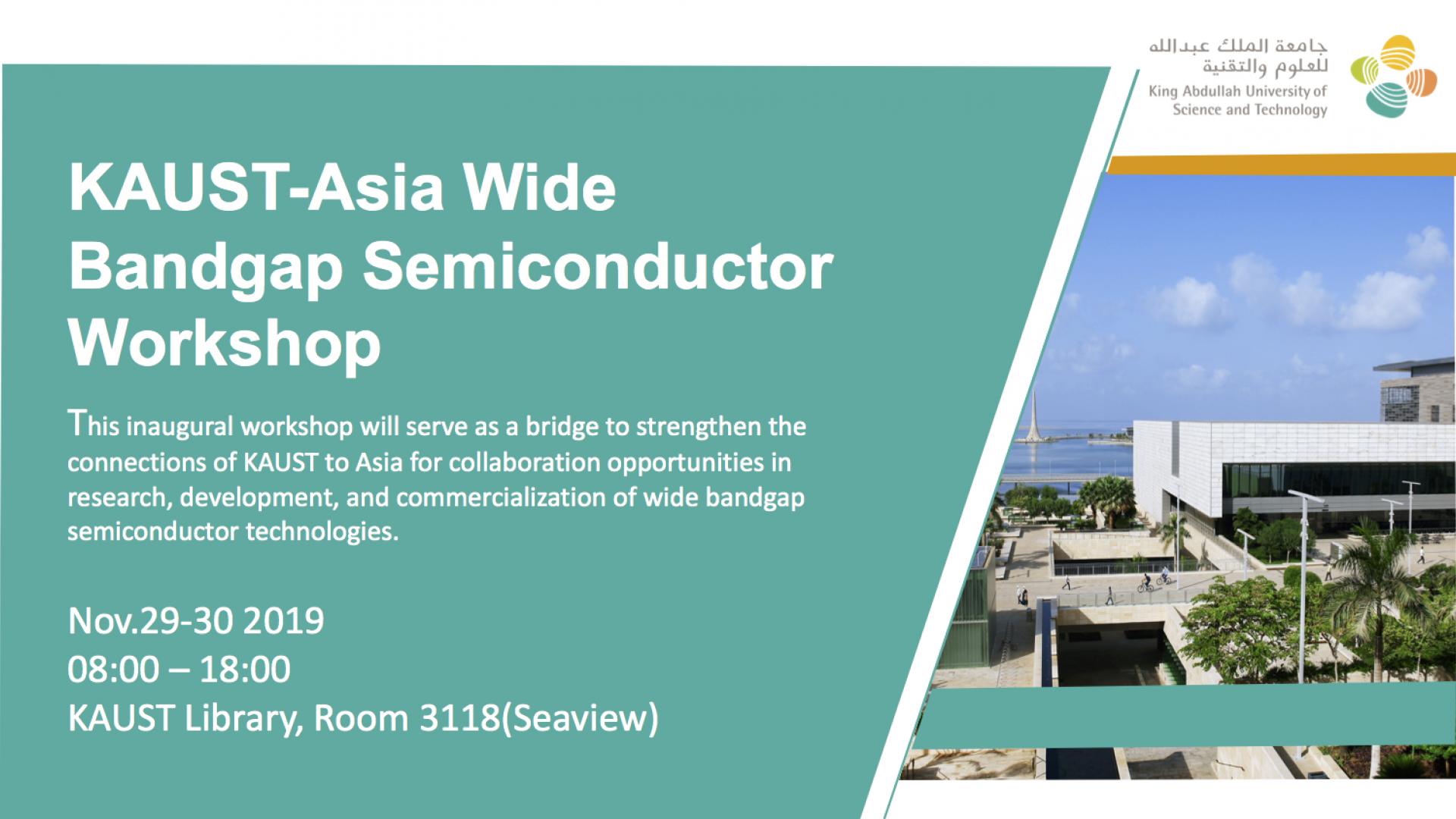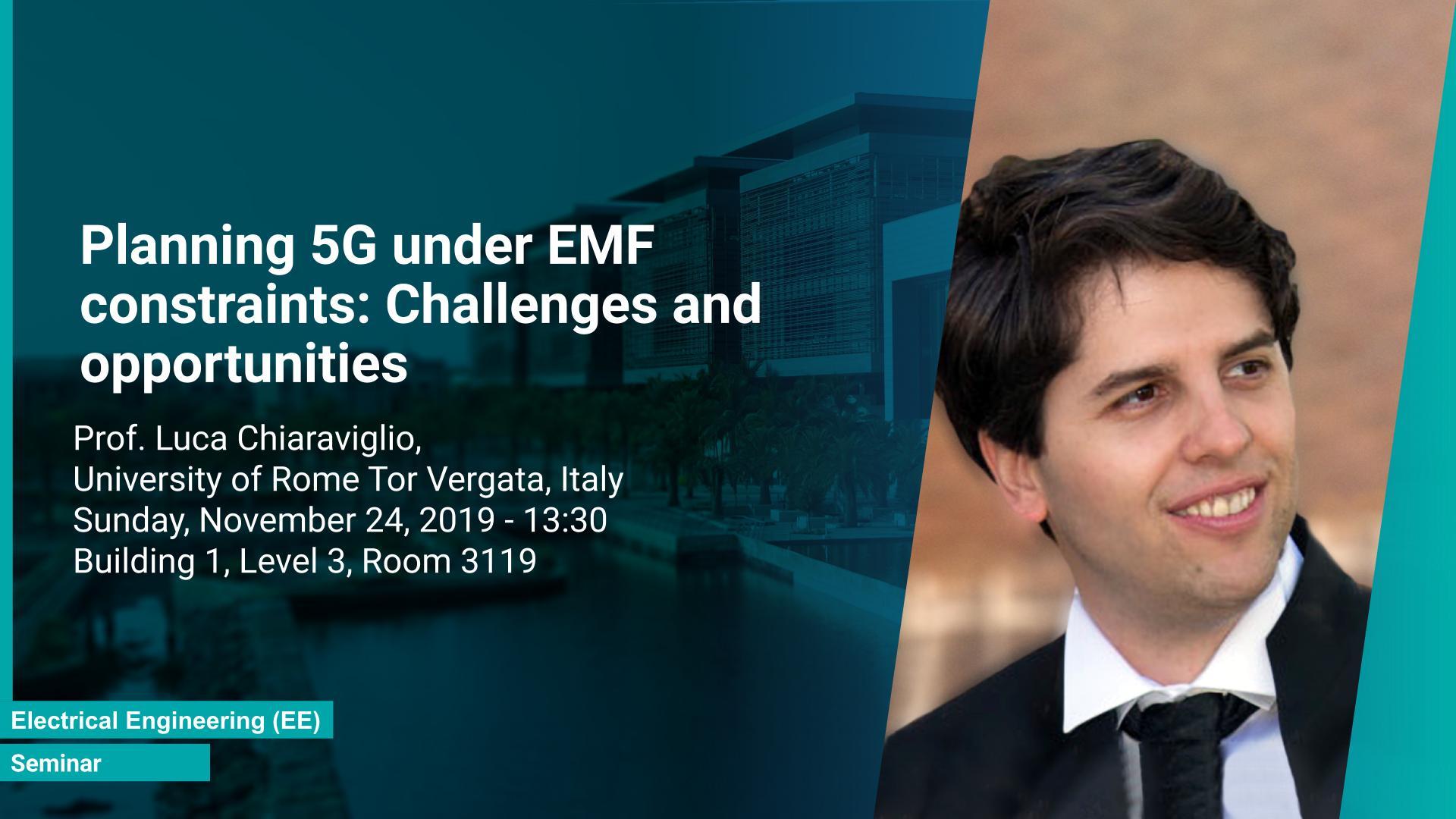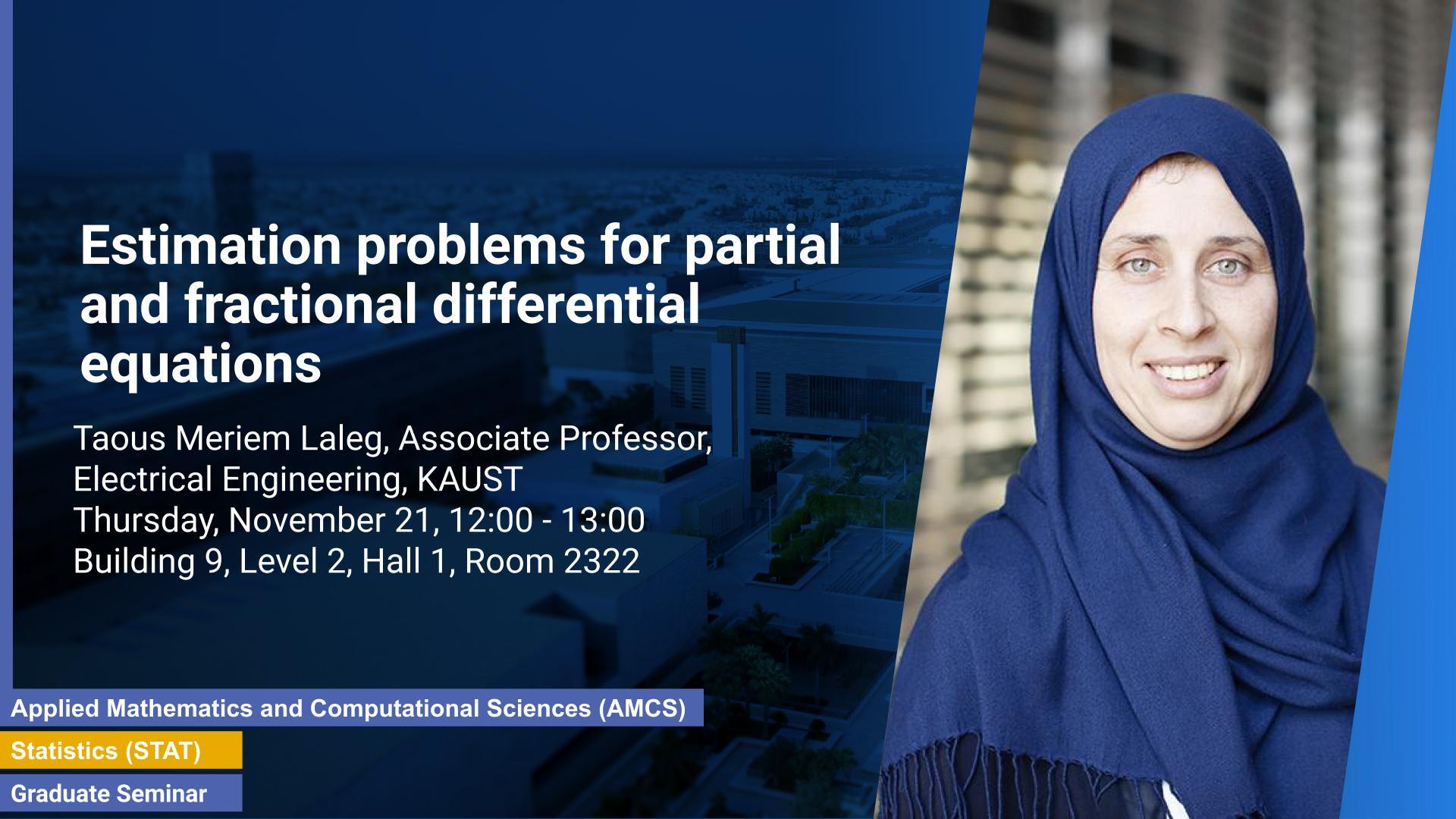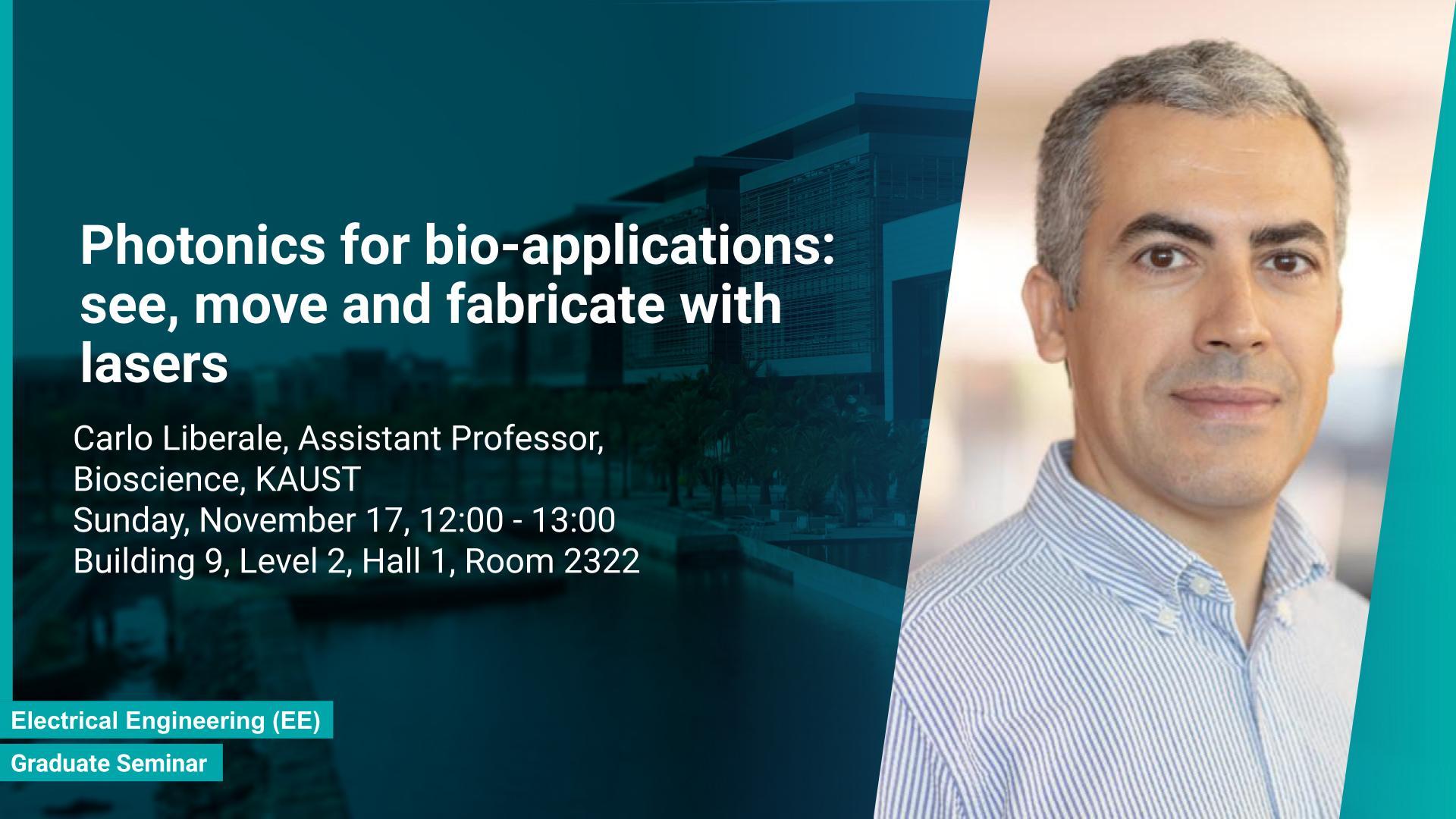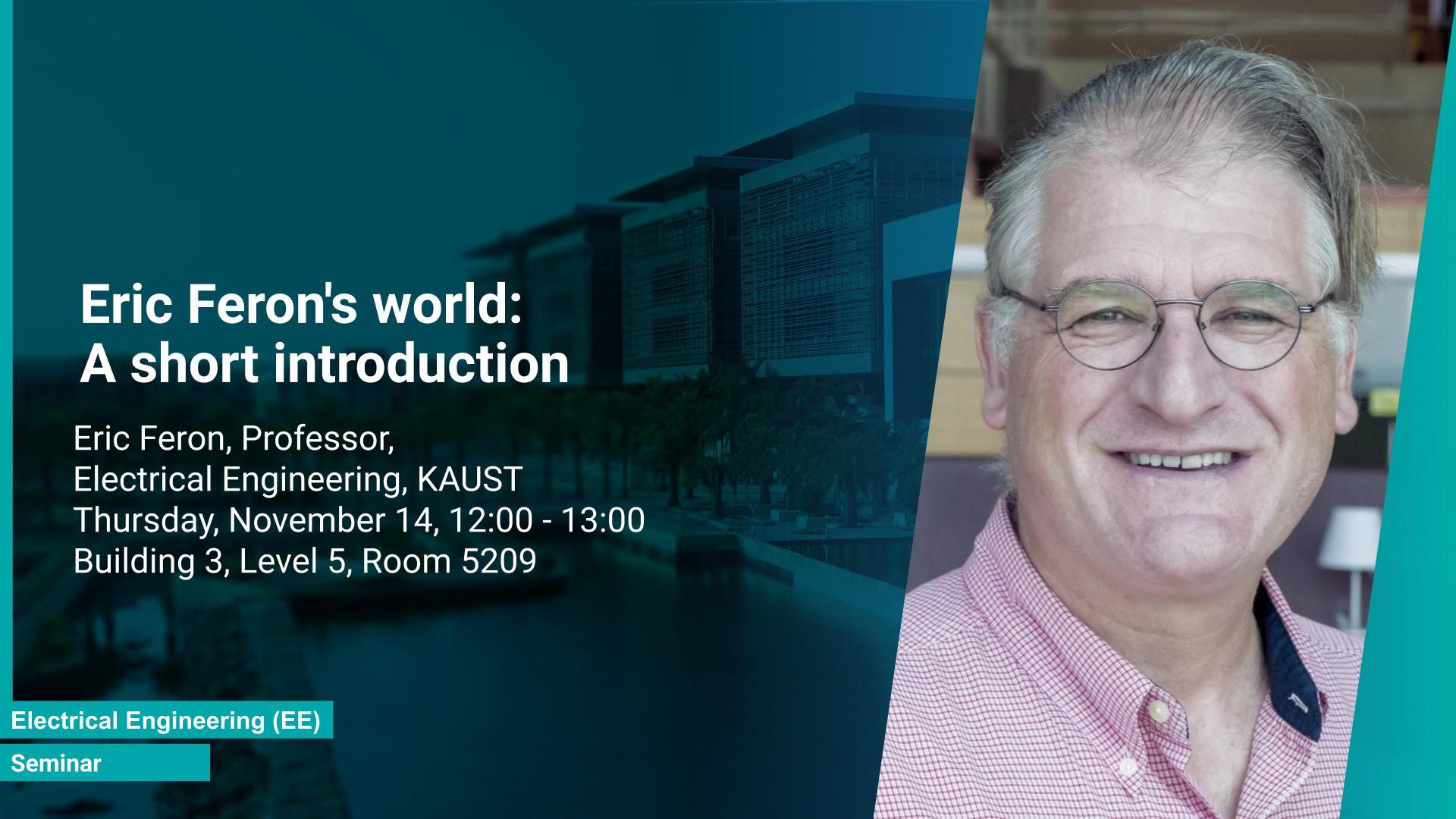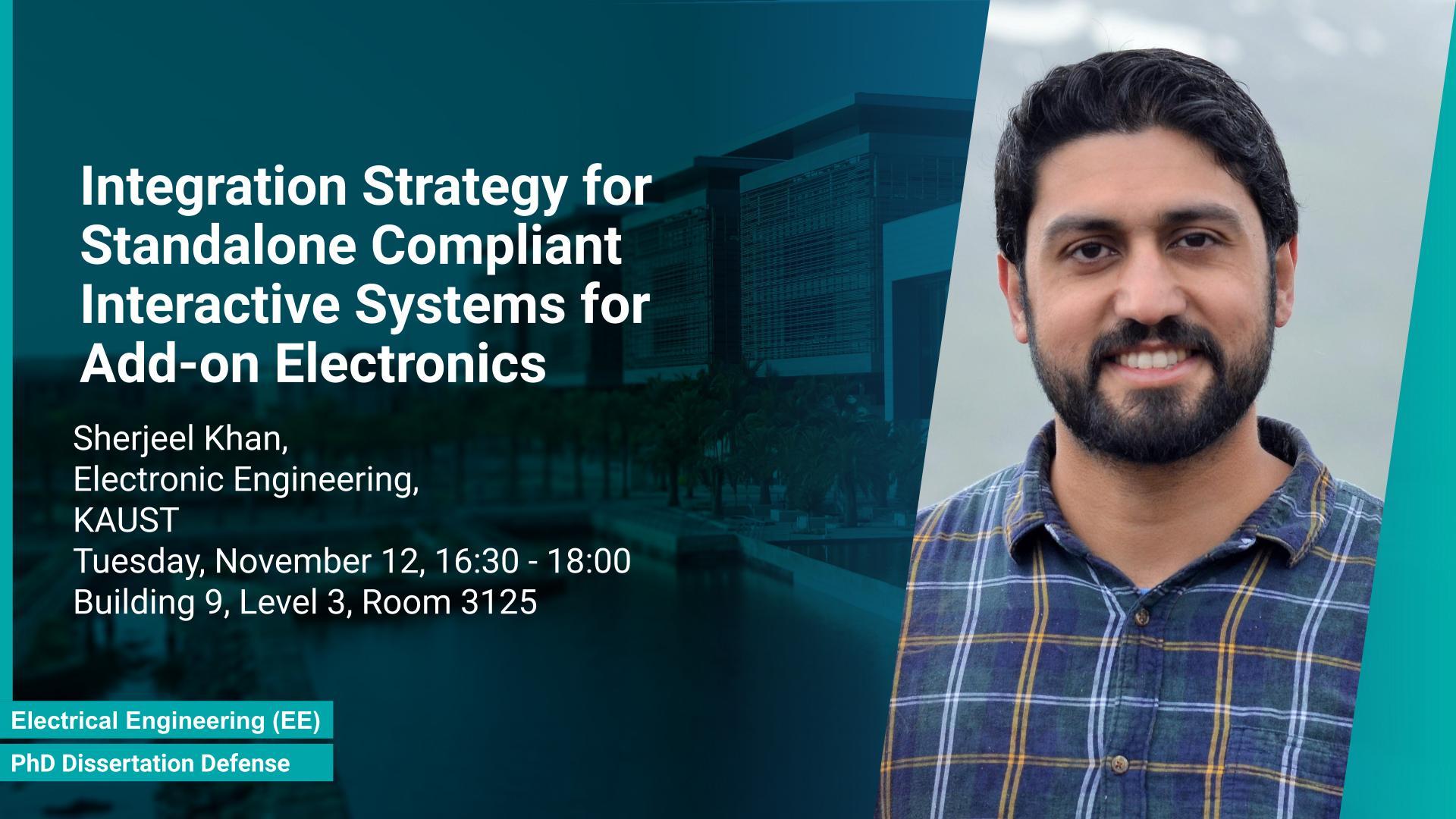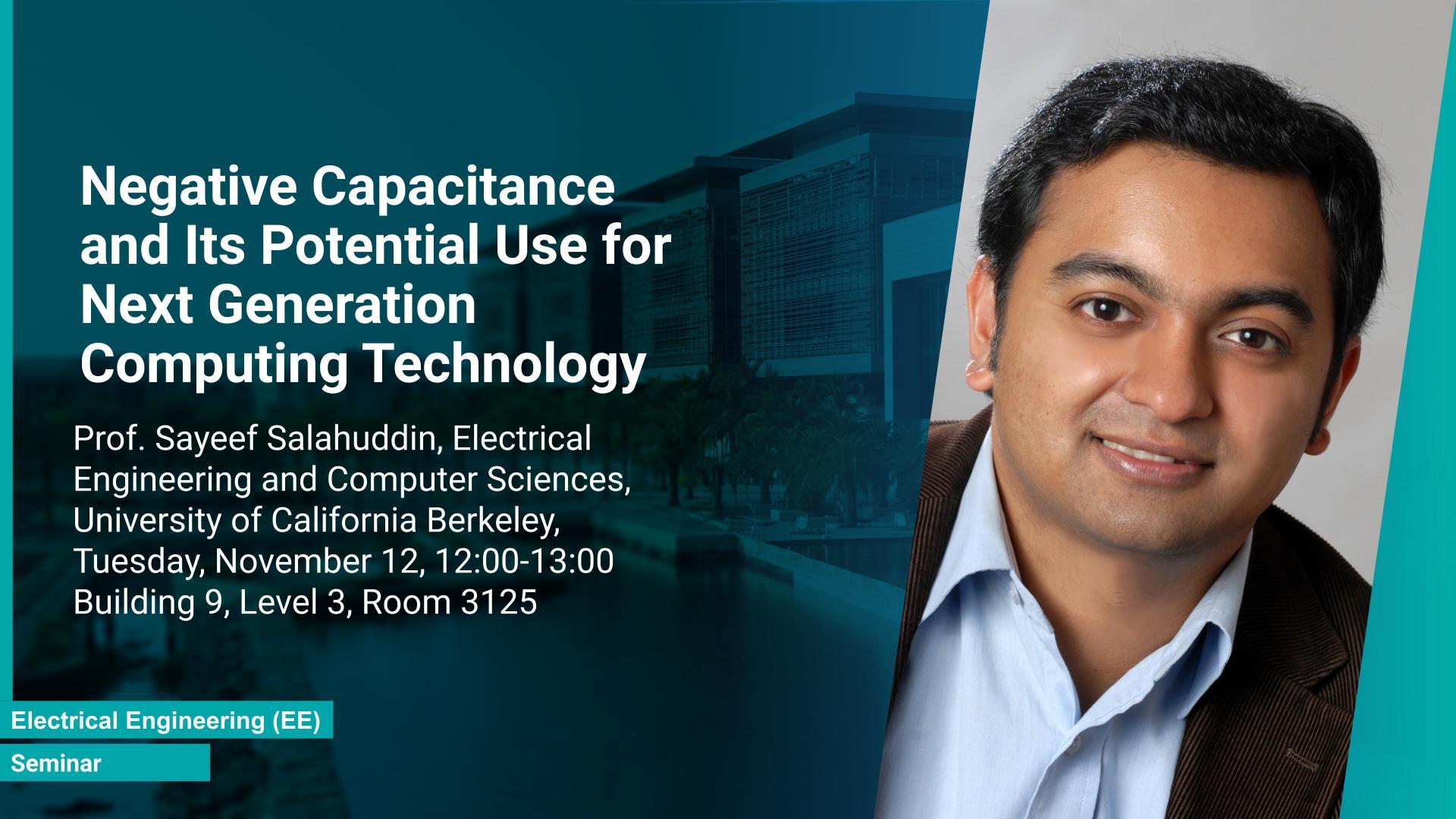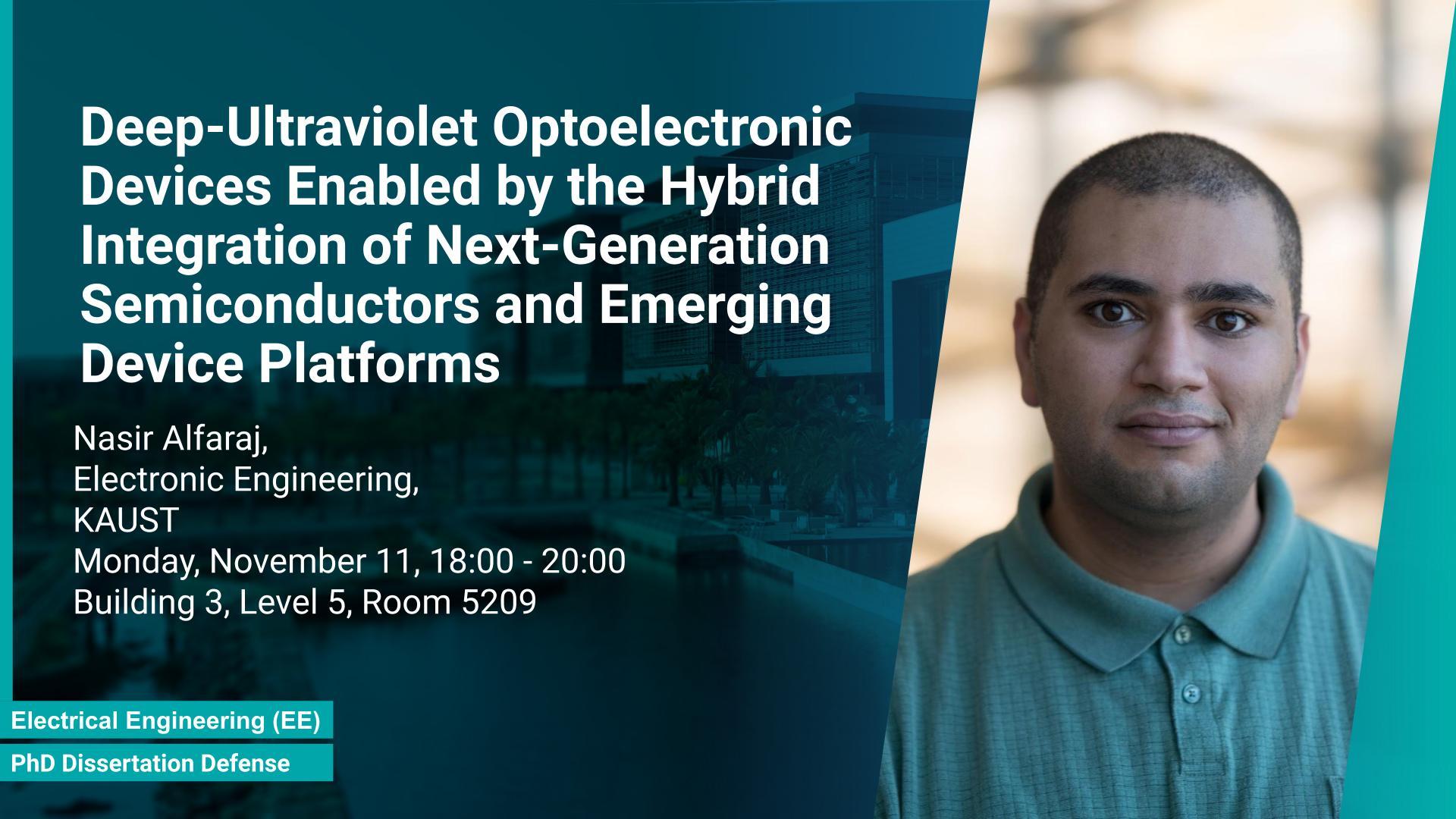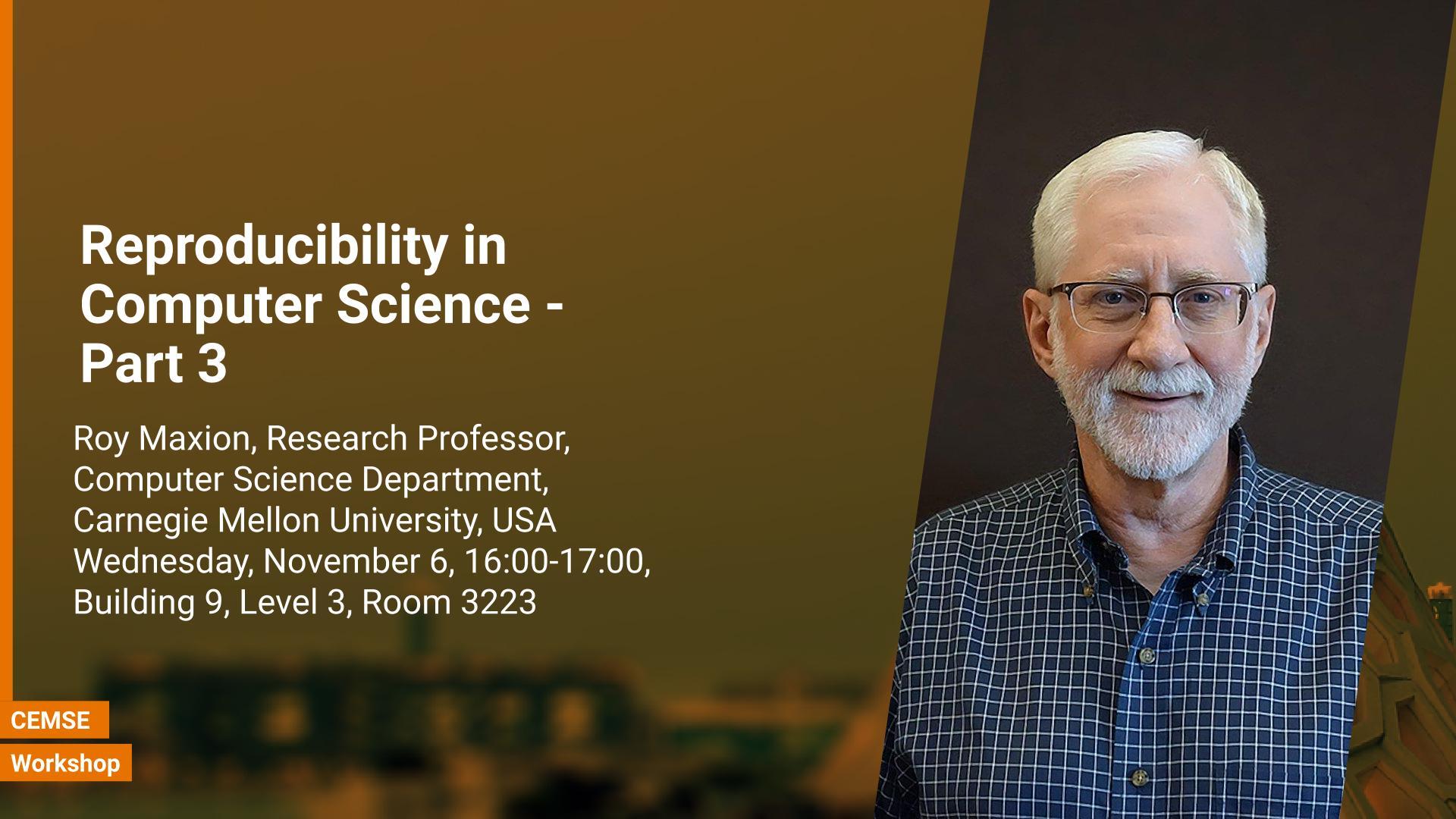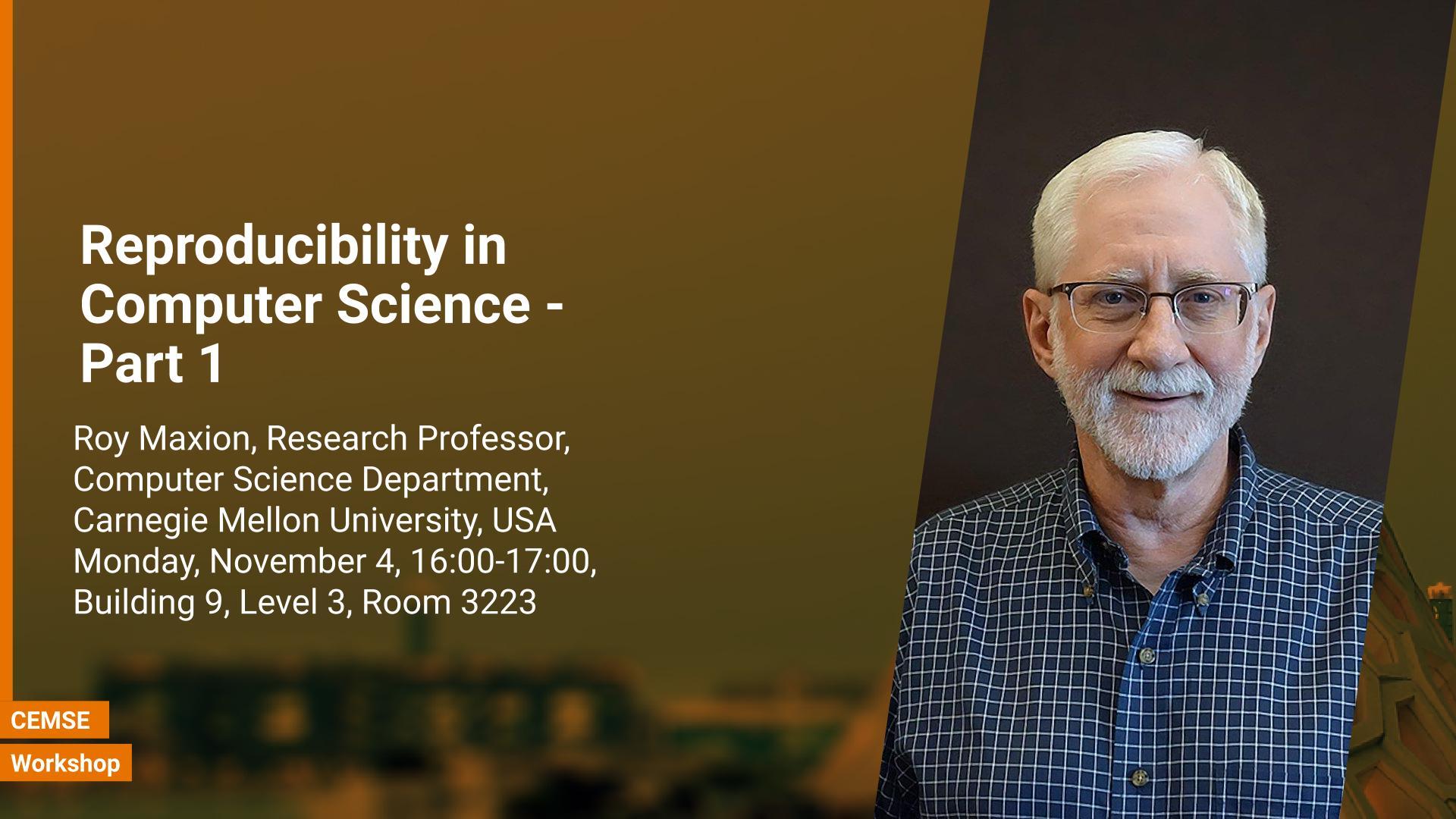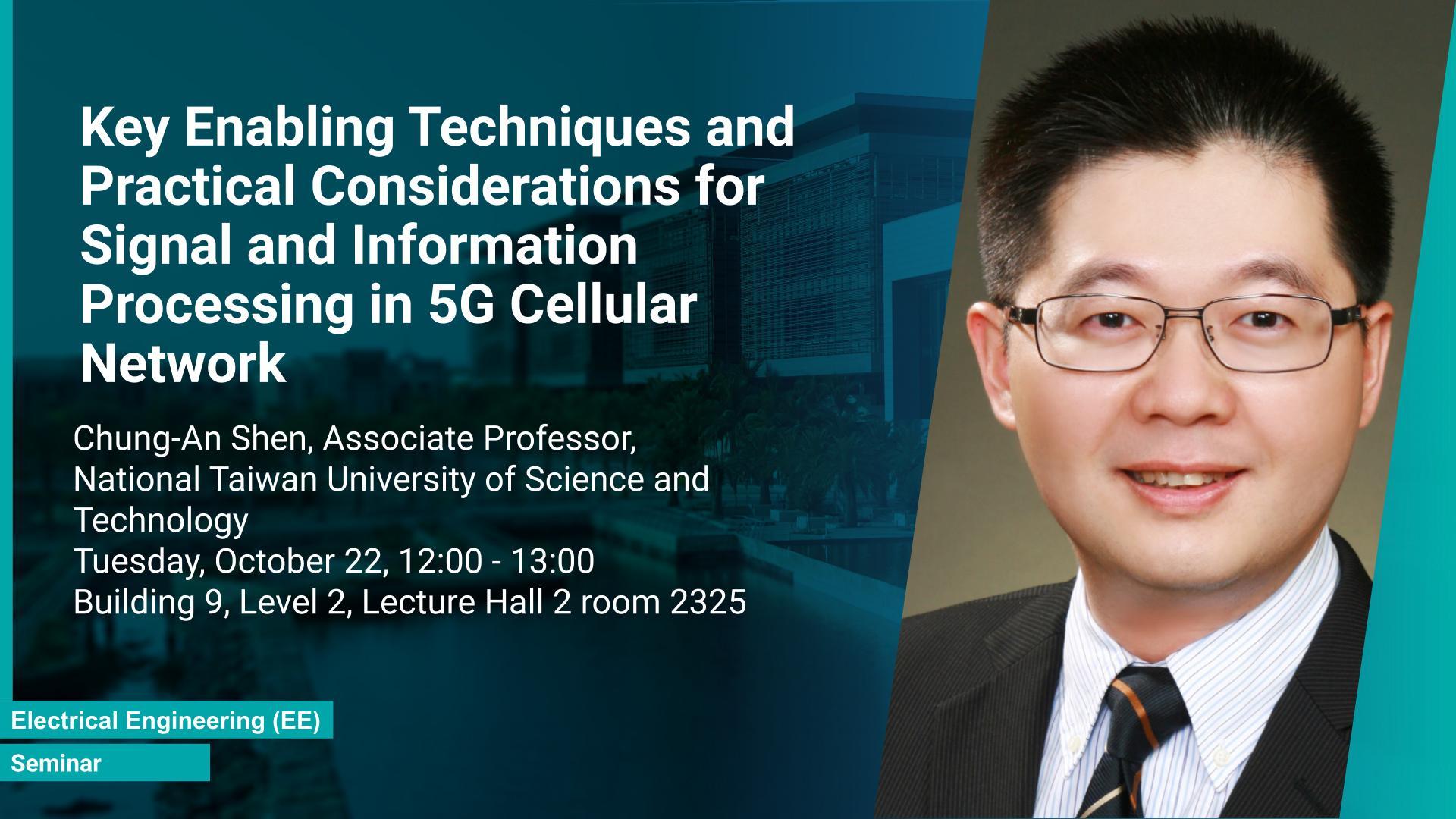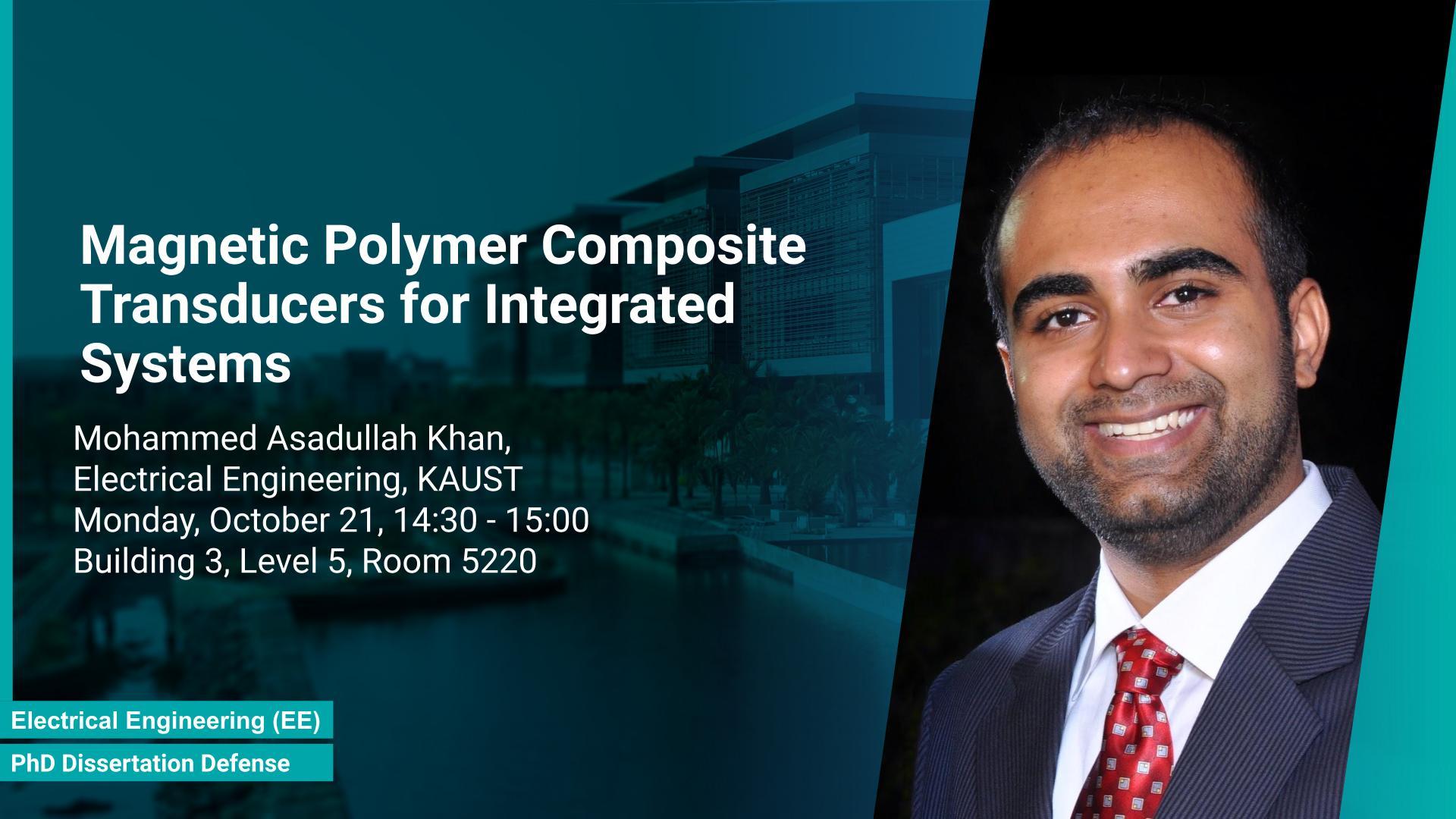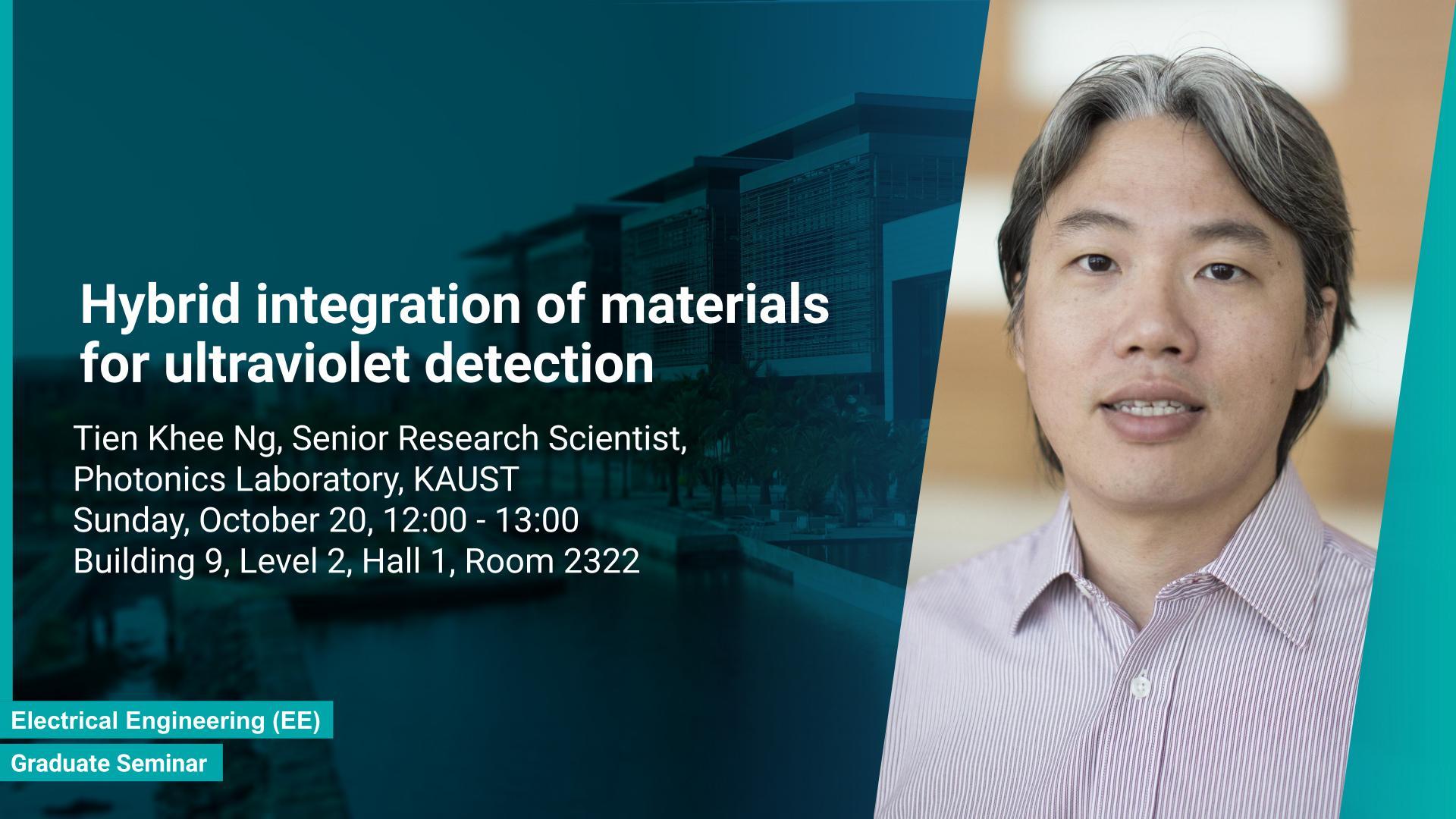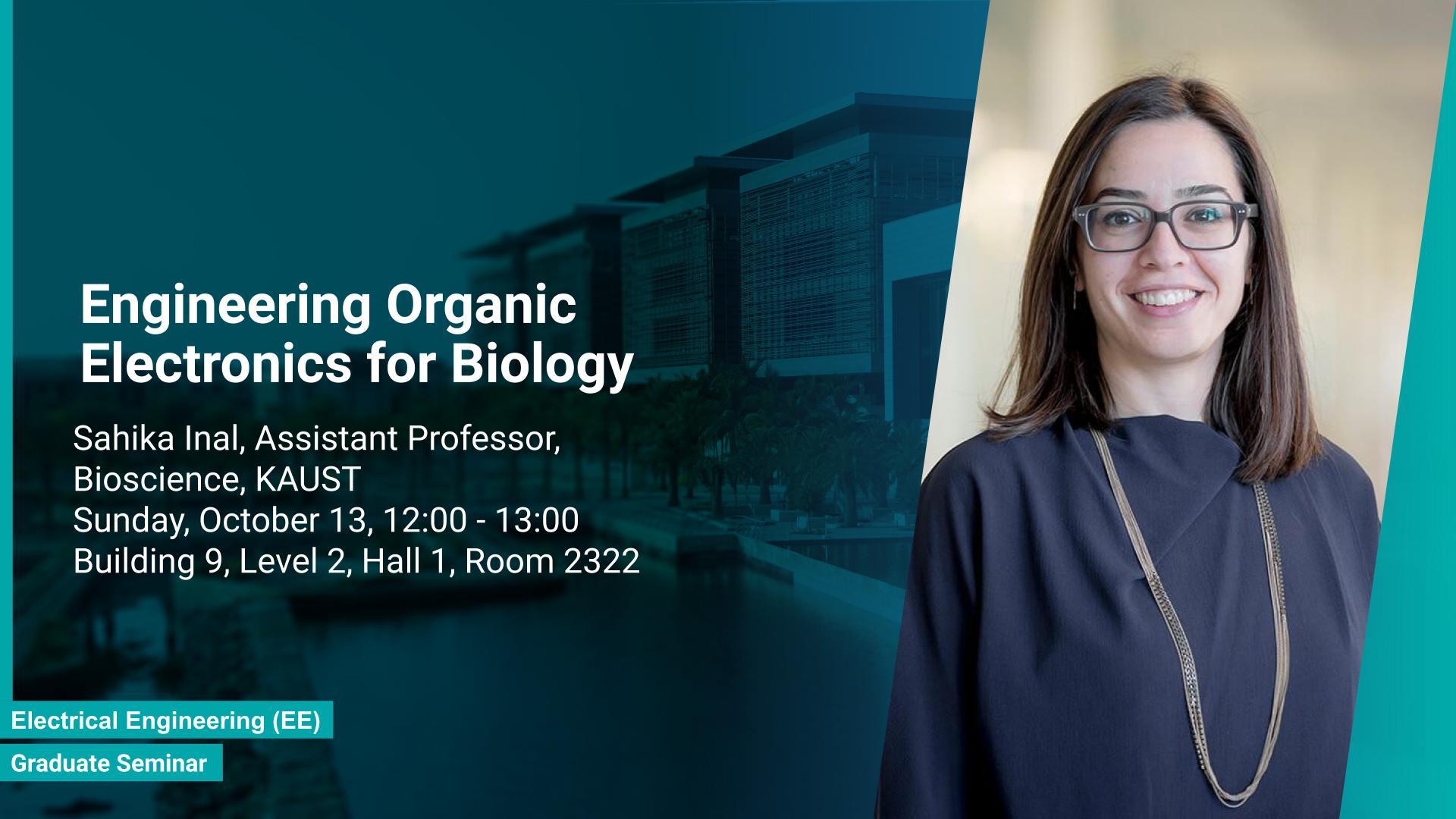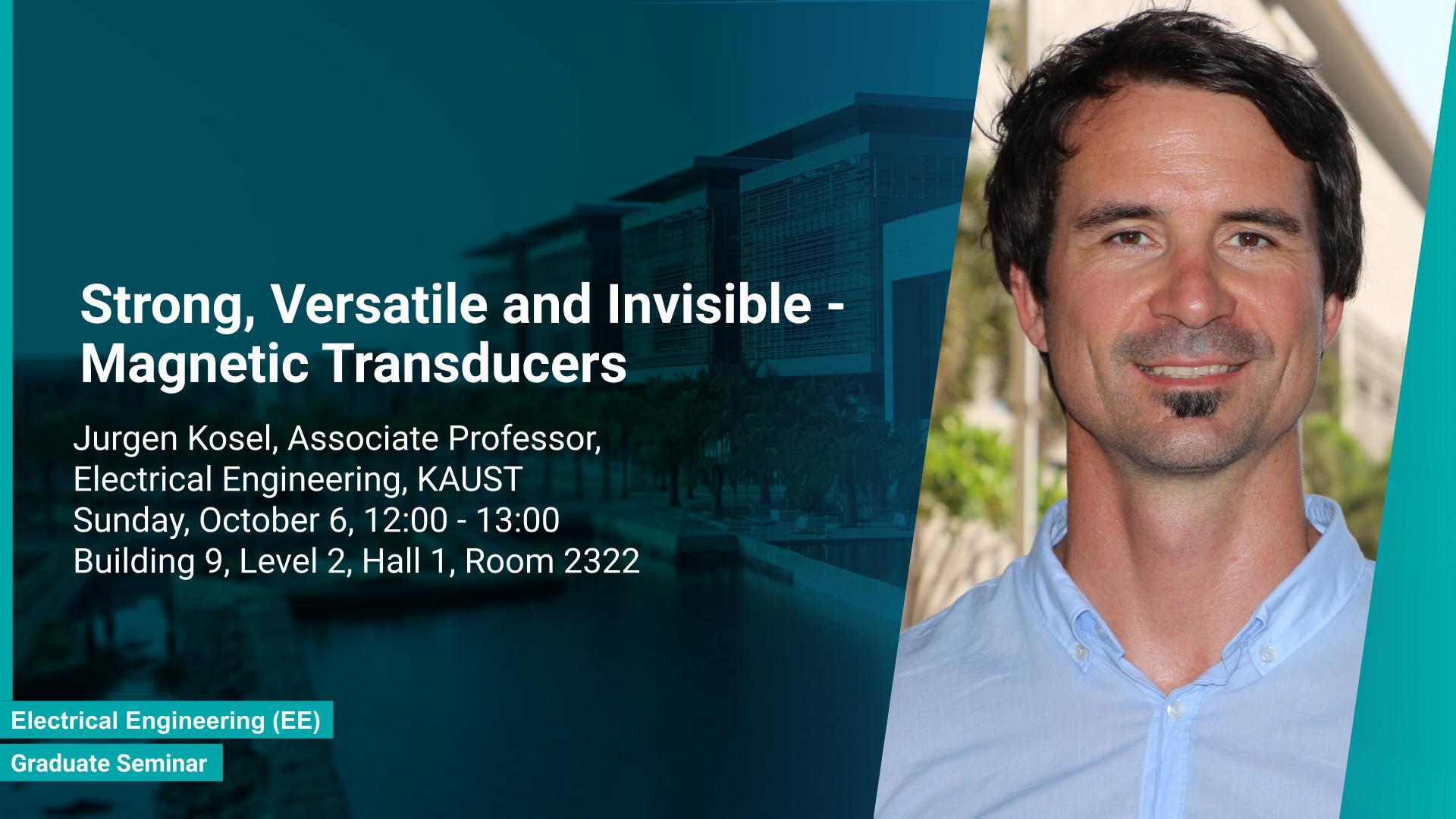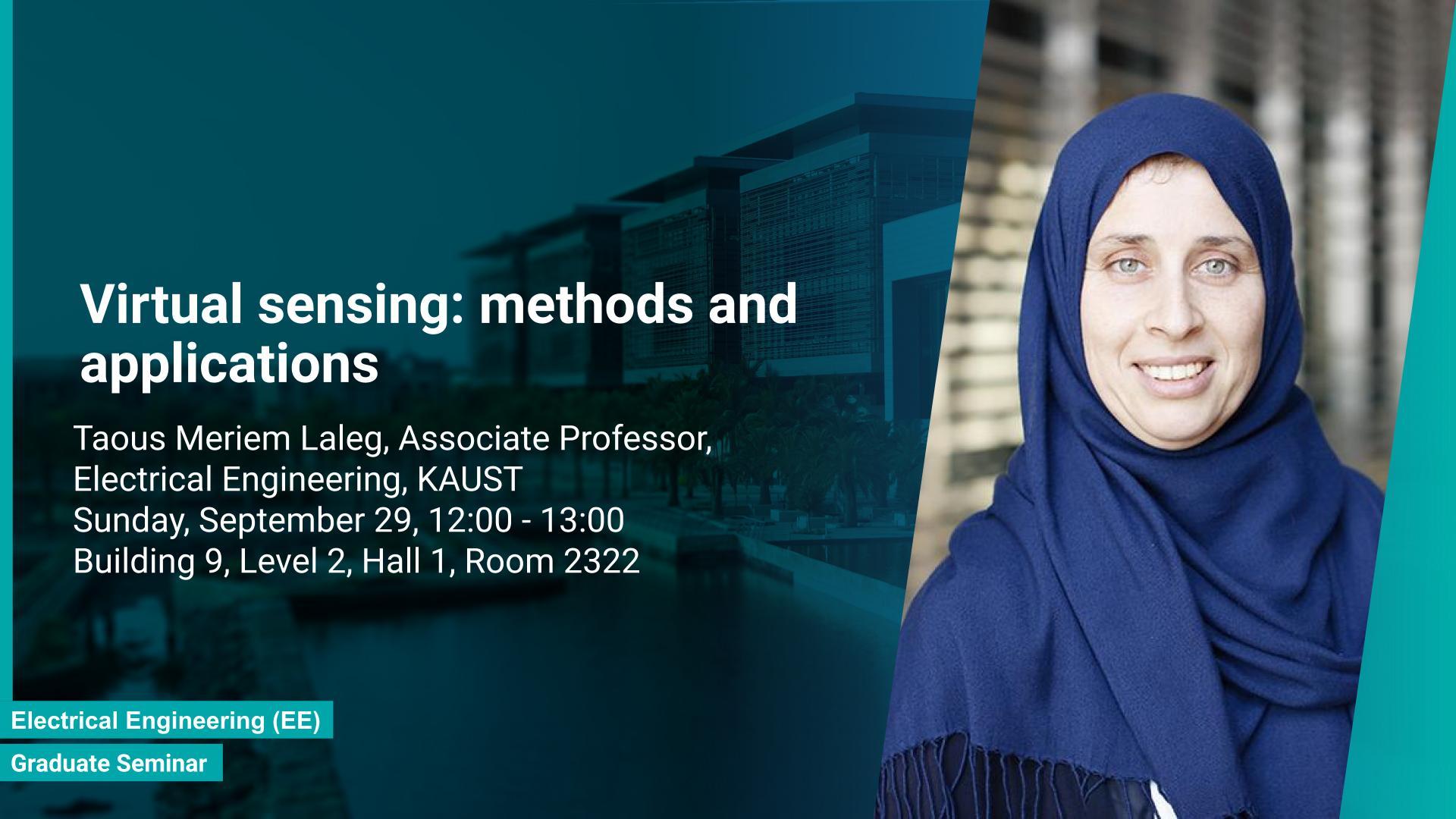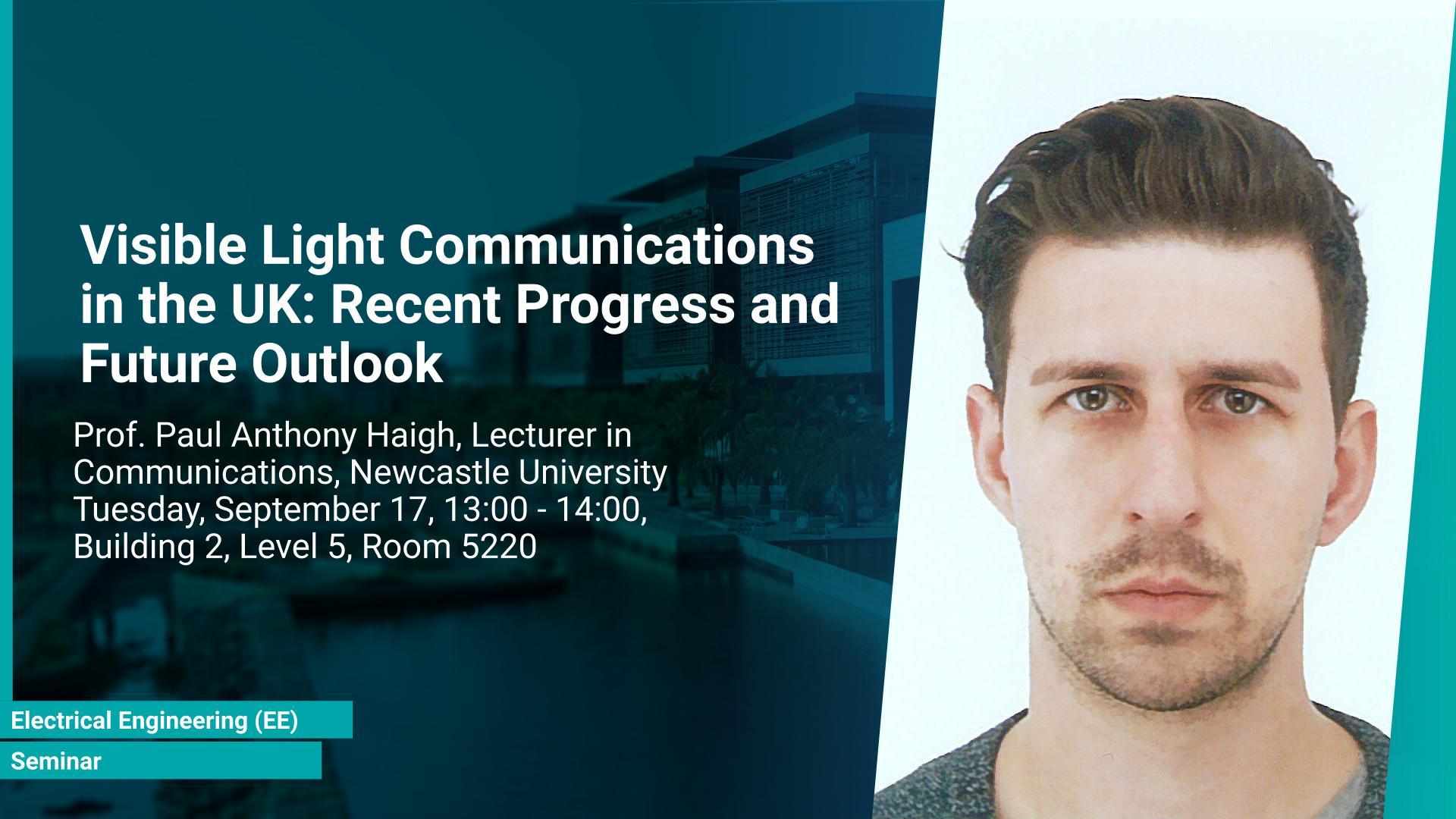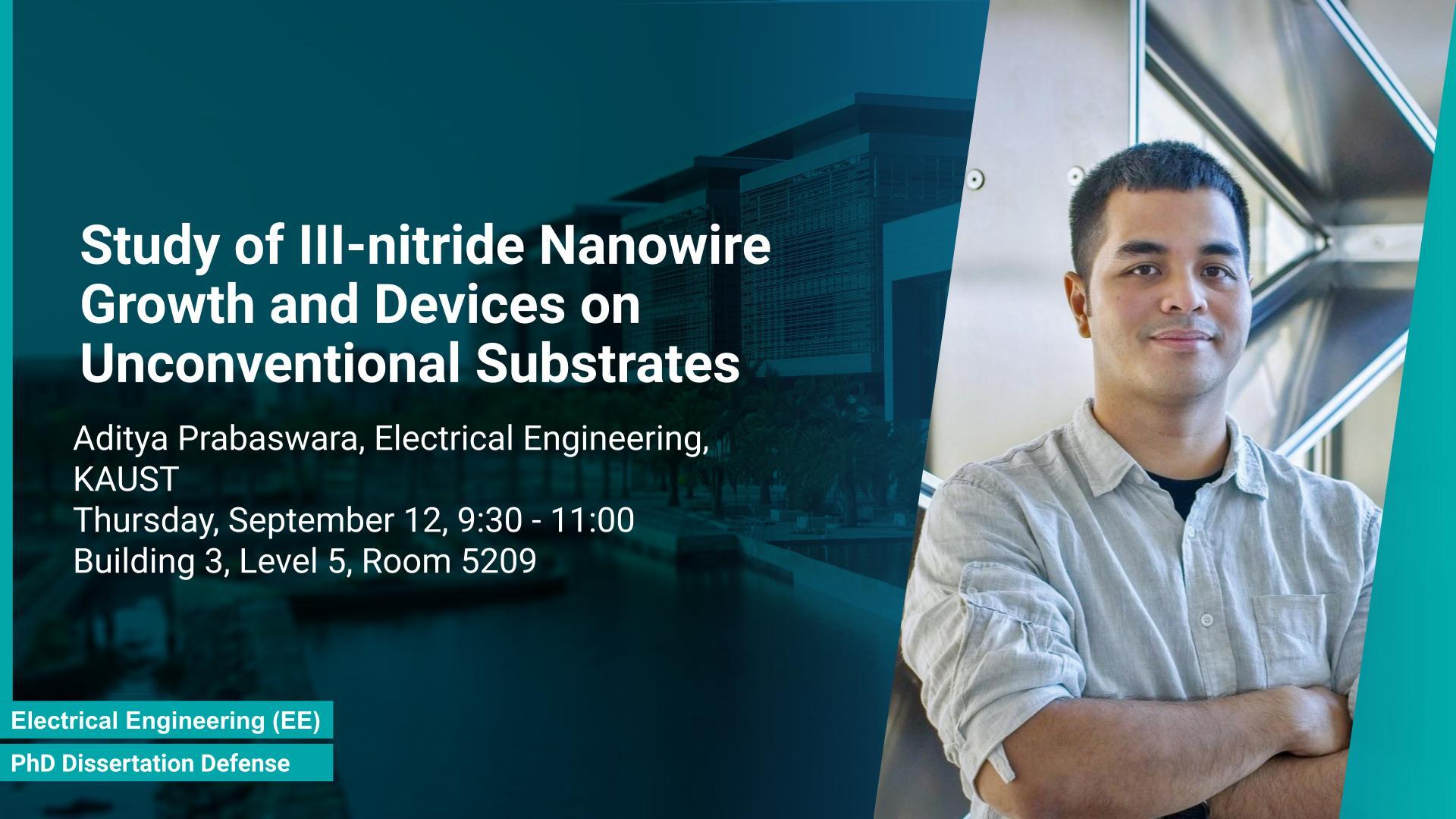Contact Person
Contact Person
Contact Person
Abstract
5G networks are currently facing the first installation steps
Contact Person
Contact Person
Contact Person
Contact Person
Contact Person
Contact Person
Contact Person
Contact Person
Roy Maxion will give three lectures focusing broadly on different aspects of an increasingly important topic: reproducibility. Reproducibility tests the reliability of an experimental result and is one of the foundations of the entire scientific enterprise.
We often hear that certain foods are good for you, and a few years later we learn that they're not. A series of results in cancer research was examined to see if they were reproducible. A startling number of them - 47 out of 53 - were not. Matters of reproducibility are now cropping up in computer science, and given the importance of computing in the world, it's essential that our own results are reproducible -- perhaps especially the ones based on complex models or data sets, and artificial intelligence or machine learning. This lecture series will expose attendees to several issues in ensuring reproducibility, with the goal of teaching students (and others) some of the crucial aspects of making their own science reproducible. Hint: it goes much farther than merely making your data available to the public.
Roy Maxion will give three lectures focusing broadly on different aspects of an increasingly important topic: reproducibility. Reproducibility tests the reliability of an experimental result and is one of the foundations of the entire scientific enterprise.
We often hear that certain foods are good for you, and a few years later we learn that they're not. A series of results in cancer research was examined to see if they were reproducible. A startling number of them - 47 out of 53 - were not. Matters of reproducibility are now cropping up in computer science, and given the importance of computing in the world, it's essential that our own results are reproducible -- perhaps especially the ones based on complex models or data sets, and artificial intelligence or machine learning. This lecture series will expose attendees to several issues in ensuring reproducibility, with the goal of teaching students (and others) some of the crucial aspects of making their own science reproducible. Hint: it goes much farther than merely making your data available to the public.
Roy Maxion will give three lectures focusing broadly on different aspects of an increasingly important topic: reproducibility. Reproducibility tests the reliability of an experimental result and is one of the foundations of the entire scientific enterprise.
We often hear that certain foods are good for you, and a few years later we learn that they're not. A series of results in cancer research was examined to see if they were reproducible. A startling number of them - 47 out of 53 - were not. Matters of reproducibility are now cropping up in computer science, and given the importance of computing in the world, it's essential that our own results are reproducible -- perhaps especially the ones based on complex models or data sets, and artificial intelligence or machine learning. This lecture series will expose attendees to several issues in ensuring reproducibility, with the goal of teaching students (and others) some of the crucial aspects of making their own science reproducible. Hint: it goes much farther than merely making your data available to the public.
Contact Person
Abstract
The 5th Generation (5G) wireless co
Contact Person
Contact Person
Contact Person
Contact Person
Abstract
Magnetic transducers have enabled t
Contact Person
Abstract
Due to the inherent complexity, phy
Contact Person
Abstract
Visible light communications (VLC) is a hot topic in internet access networks, developing
